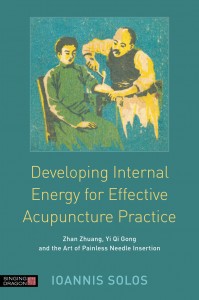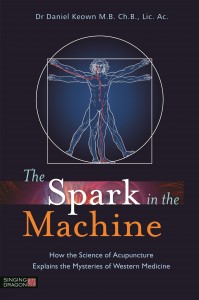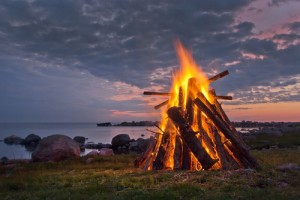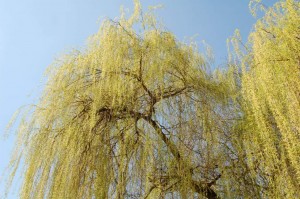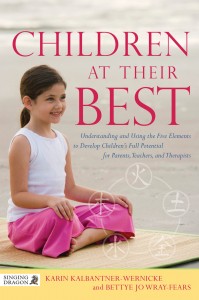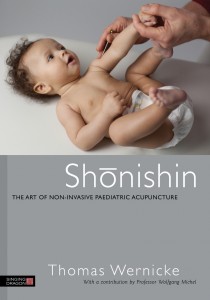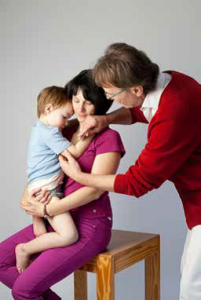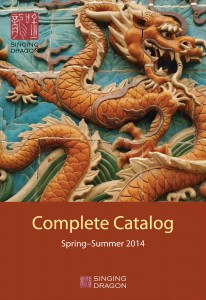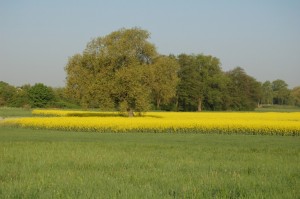2014 has been an exciting year for Singing Dragon with the publication of some truly groundbreaking books; from The Spark in the Machine and Heavenly Stems and Earthly Branches – TianGan DiZhi, to Rasa Shastra and The Compleat Acupuncturist. But we’re not finished yet! Here are some of the exciting titles coming to you in the rest of 2014:
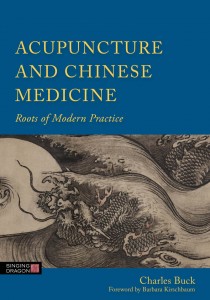 Acupuncture and Chinese Medicine
Acupuncture and Chinese Medicine
by Charles Buck
Charles Buck, the chairman of the British Acupuncture Council, draws on three decades of study, practice and teaching in this book to provide a relevant and engaging account of the origins of acupuncture and Chinese medicine. From its pre-Han dynasty roots to Chinese medicine as we know it today, Buck covers the key texts, the main scholars and the concepts they have contributed to the greater body of knowledge. With Buck’s lucid and engaging style, Roots of Modern Practice is going to be the new ‘must-read’ resource that will help practitioners and students deepen their understanding of this great medical tradition.
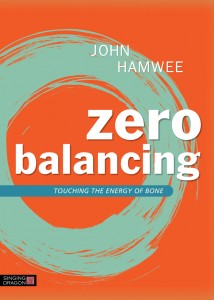 Zero Balancing
Zero Balancing
by John Hamwee
The definitive guide to Zero Balancing brings this increasingly popular therapy to life. It contains a clear description of the anatomy and physiology of energy which leads on to a compelling explanation of how and why this form of bodywork can have such powerful effects. Throughout, there are illustrations which convey the unique energy of a Zero Balancing session and John Hamwee provides fascinating examples of clients, their experiences and the outcomes of the work.
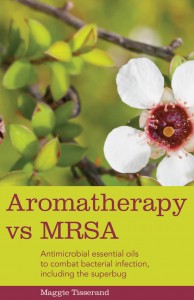 Aromatherapy vs MRSA
Aromatherapy vs MRSA
by Maggie Tisserand
Breaking new ground in the field of essential oils, this scientifically based but accessible book addresses the challenge of serious infection, especially MRSA, in hospitals, in the community, and in animals. Maggie Tisserand focuses on the scientifically proven effects of antibacterial essential oils, and their usefulness in managing infection, including the ‘superbug’.
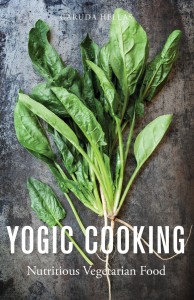 Yogic Cooking
Yogic Cooking
by Garuda Hellas
Yogic cooking is nutritious, easy to digest and free of toxins, allowing you to improve your health, keep your body strong and facilitate spiritual revolution. The aim of yoga is to cultivate a physical, mental and psychic balance so that higher states of being can be experienced. This can be achieved through a balanced vegetarian diet that includes all the essential vitamins and minerals. This books contains 56 delicious and easy-to-follow recipes, with something for every occasion it is the perfect introduction to the ayurvedic approach to life.
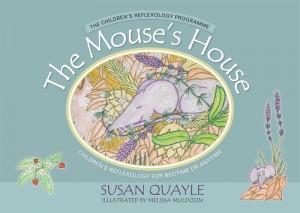 The Mouse’s House
The Mouse’s House
by Susan Quayle
A beautiful children’s book that combines reflexology with delightfully engaging rhymes and illustrations. Written by a specialist maternity reflexologist, it features easy-to-follow diagrams and instructions for giving basic reflexology to a child during a bedtime (or anytime) story.
All of these books are available for pre-order now. To receive notifications for new books in your areas of interest, sign up for the Singing Dragon mailing list.
